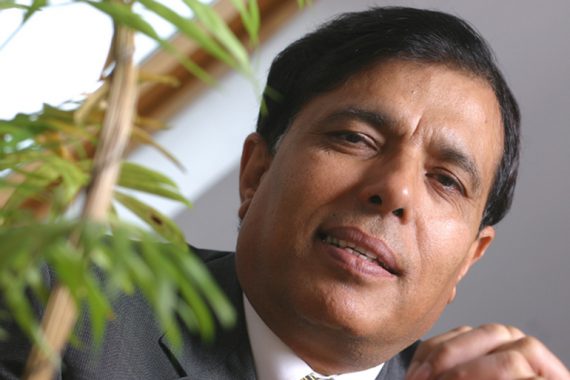Simon Stevens knows what needs to be done, but can he deliver?

Simon Stevens, chief executive of NHS England, recently wrote in the Telegraph: ‘The need for radical change is now. We know what needs doing. Let’s get on with it’. He argues that how NHS care is provided needs a major overhaul. He accepted there is crisis in general practice. However, under his stewardship, the share of funding for secondary care has grown significantly at the expense of primary care, and hospital consultant numbers have expanded three times faster than GPs. Quite a few of my GP colleagues complain that the rhetoric was strong in the GPFV but actions are the most important part and they are weak. The financing system is flawed in the NHS, it sucks money into the hospital sector, incentivises treatment and acute care, and disincentivises prevention and community based care.
The gap between policy rhetoric and supply reality has never been starker
Further, the evidence shows that the NHS is already short of GPs. We also know that one in four GPs are over the age of 50, hundreds of practices across England recently reported they felt their long-term financial prospects were bleak and they may well be forced to close, leaving tens of thousands of patients without a local practice. In this climate it is unsurprising that many of the next generation of doctors are turning their backs on a career in general practice, with more than 800 trainee vacancies left empty last year: it means there are even fewer staff to deliver the appointments our ageing, expanding population needs. The NHS also faces a retirement time bomb, soon it will not have the GPs to plug the gaps.
Mr Stevens’ much acclaimed Five Year Forward View, a proposed recipe for NHS’s ills, is in danger of becoming redundant even before it has started working. The sizeable negative impact of a declining economy will have an inevitable, damaging knock-on effect on our ability to fund the NHS and social care. His £1.8bn transformation and sustainability money – supposed to be invested in joining up NHS and social care and creating larger conglomerations of care – is being burned up on basic services. That £8bn promised at the general election? It is essentially stolen from other parts of the NHS, and less than half was new money. The financial squeeze on health services will get much tighter over the next five years, with spending per person on the NHS falling by 9%. The Institute for Fiscal Studies said that even if the NHS budget remained protected from cuts, the growth in population would lead to big real terms cuts.The truth is that the NHS protection myth is over. Even if health spending continued to rise with inflation, as it has since 2010, age-adjusted spending per person would be 9% lower in 2018 than in 2010.
To its credit Mr Stevens’ plan does highlight the financial gap going forward, the need to focus on demand, improve efficiency and most importantly shift the system to a person-centered care and prevention paradigm. However, tinkering with policies without an investment in primary care and social care, training, education and supportive systems for patients and their loved ones risks having another false dawn.
The gap between policy rhetoric and supply reality has never been starker. I don’t think anyone truly believed the rhetoric about spending more on primary care. The whole GPFV document looks like smoke and mirrors – devoid of timescales and utter confusion about when the funding in primary care will kick in. Mr Stevens knows the diagnosis, and has written a right prescription, but can he dispense that?
Dr Kailash Chand OBE is a retired GP
Pulse October survey
Take our July 2025 survey to potentially win £1.000 worth of tokens











